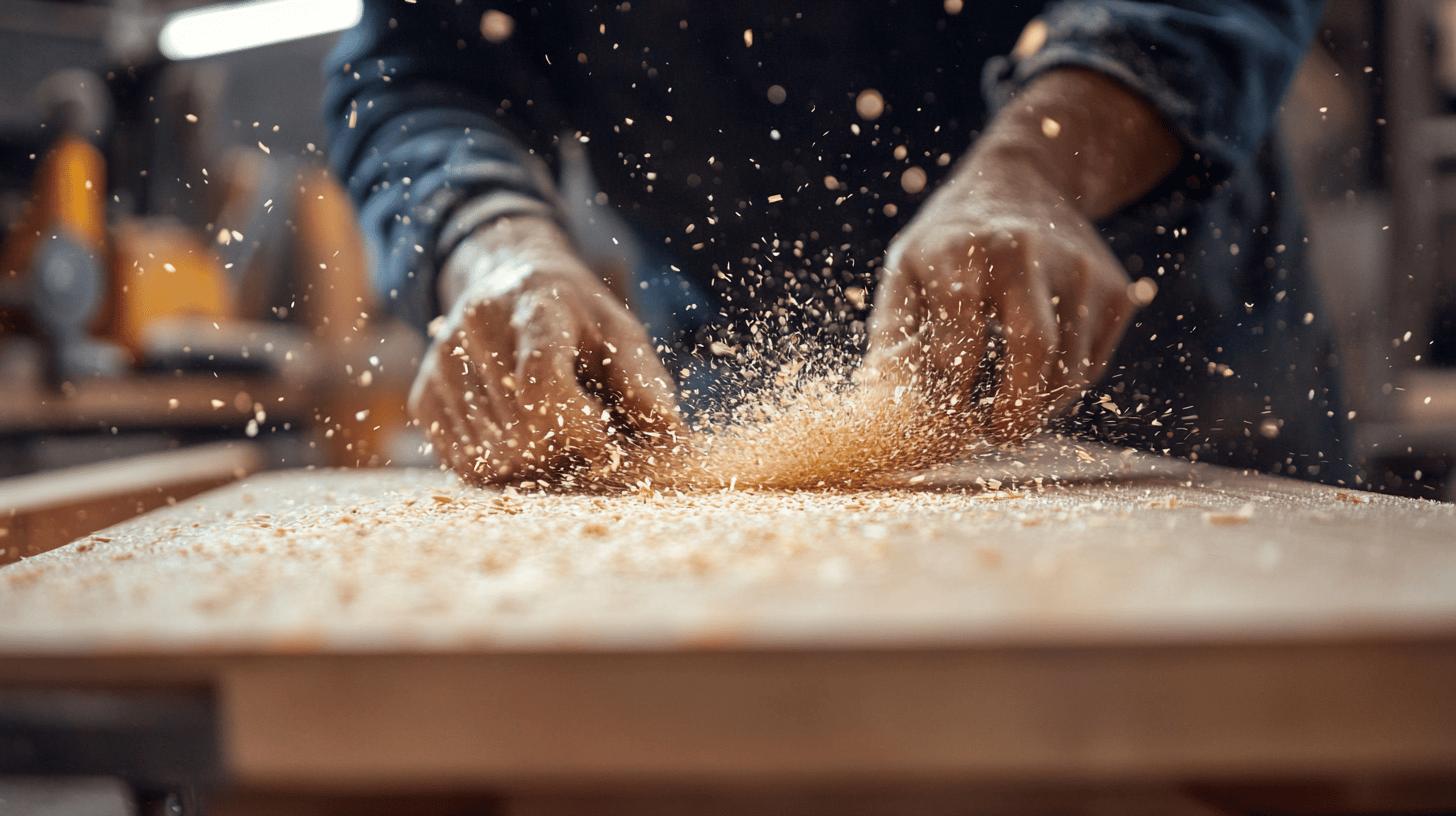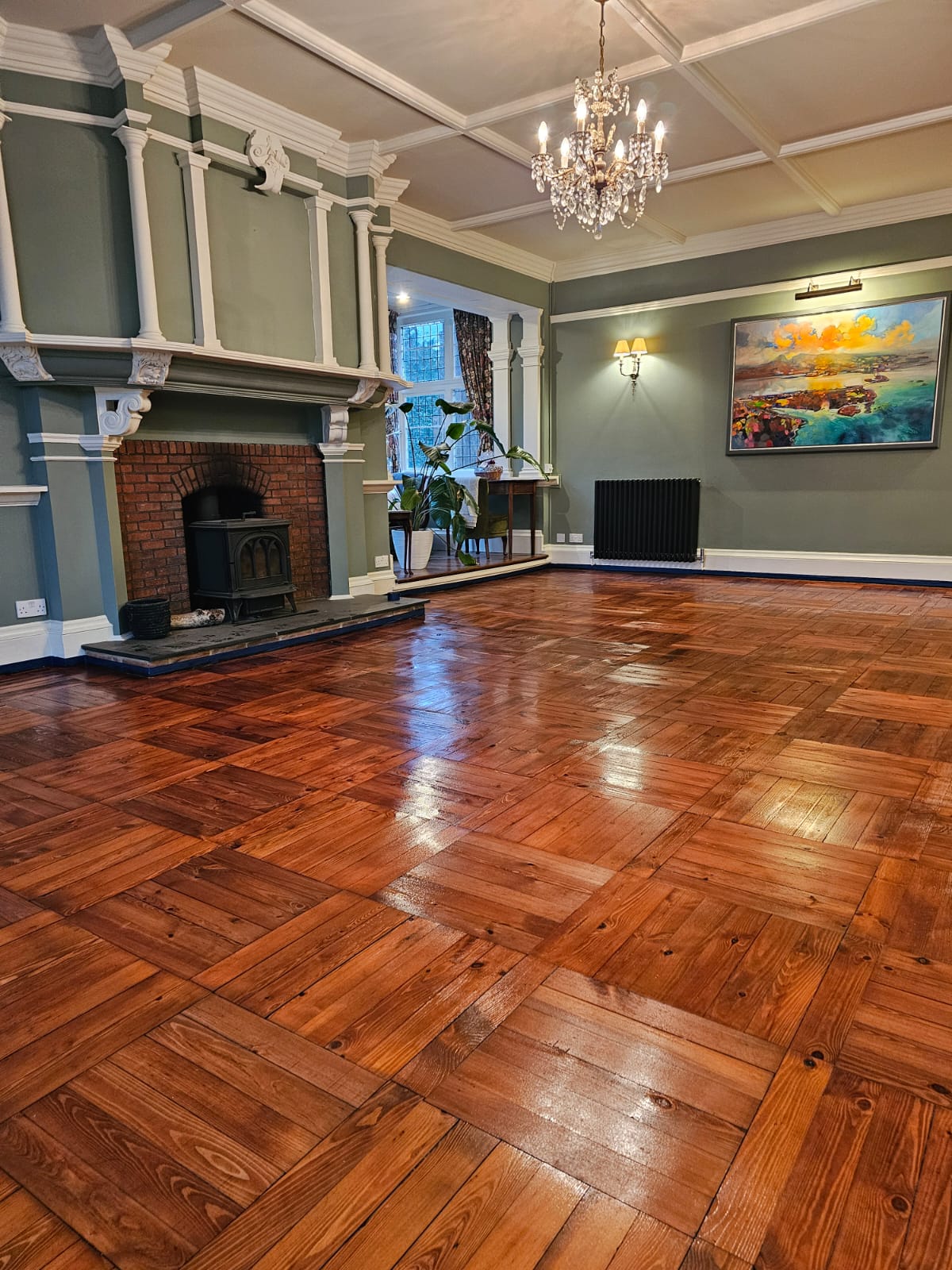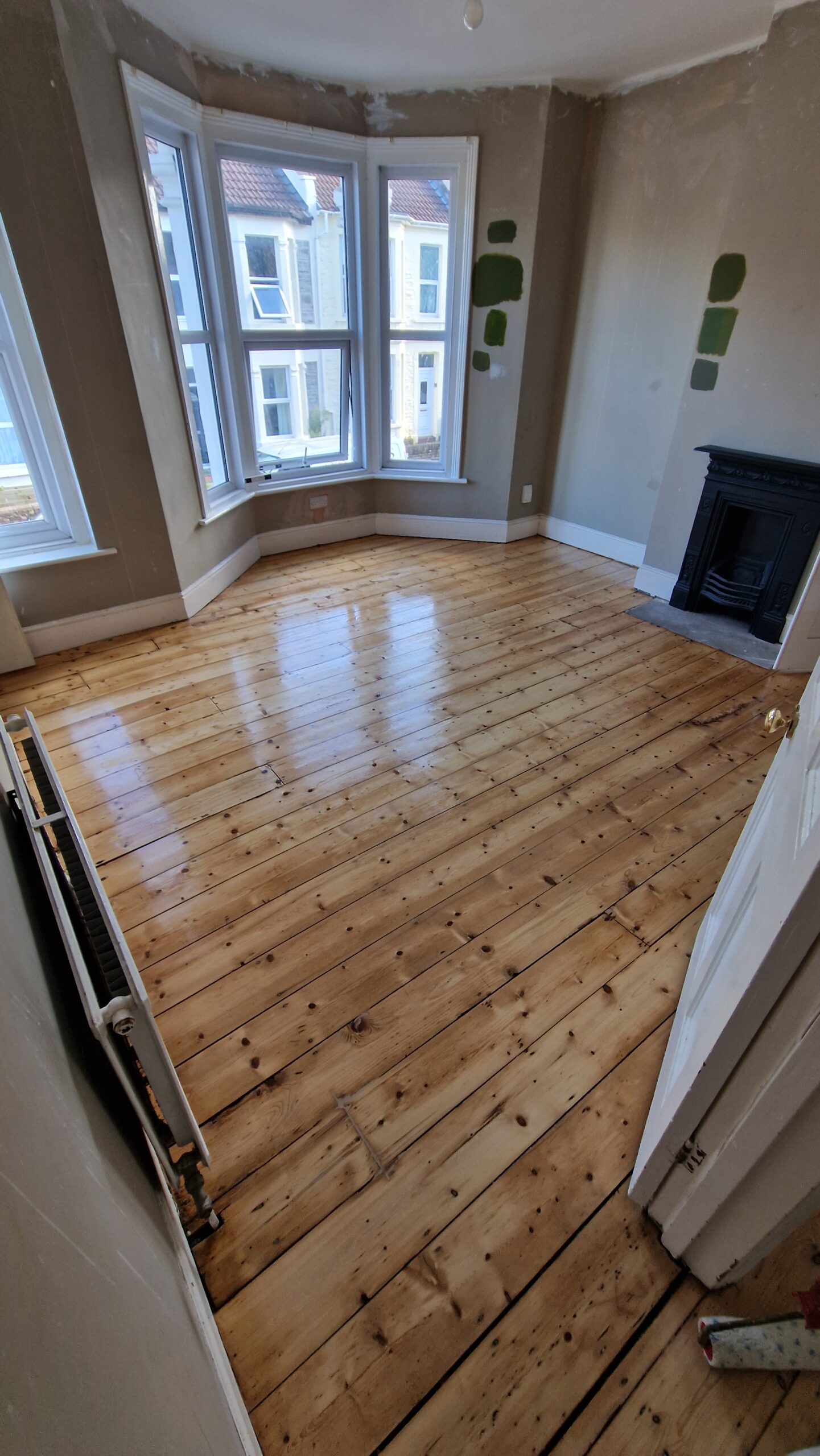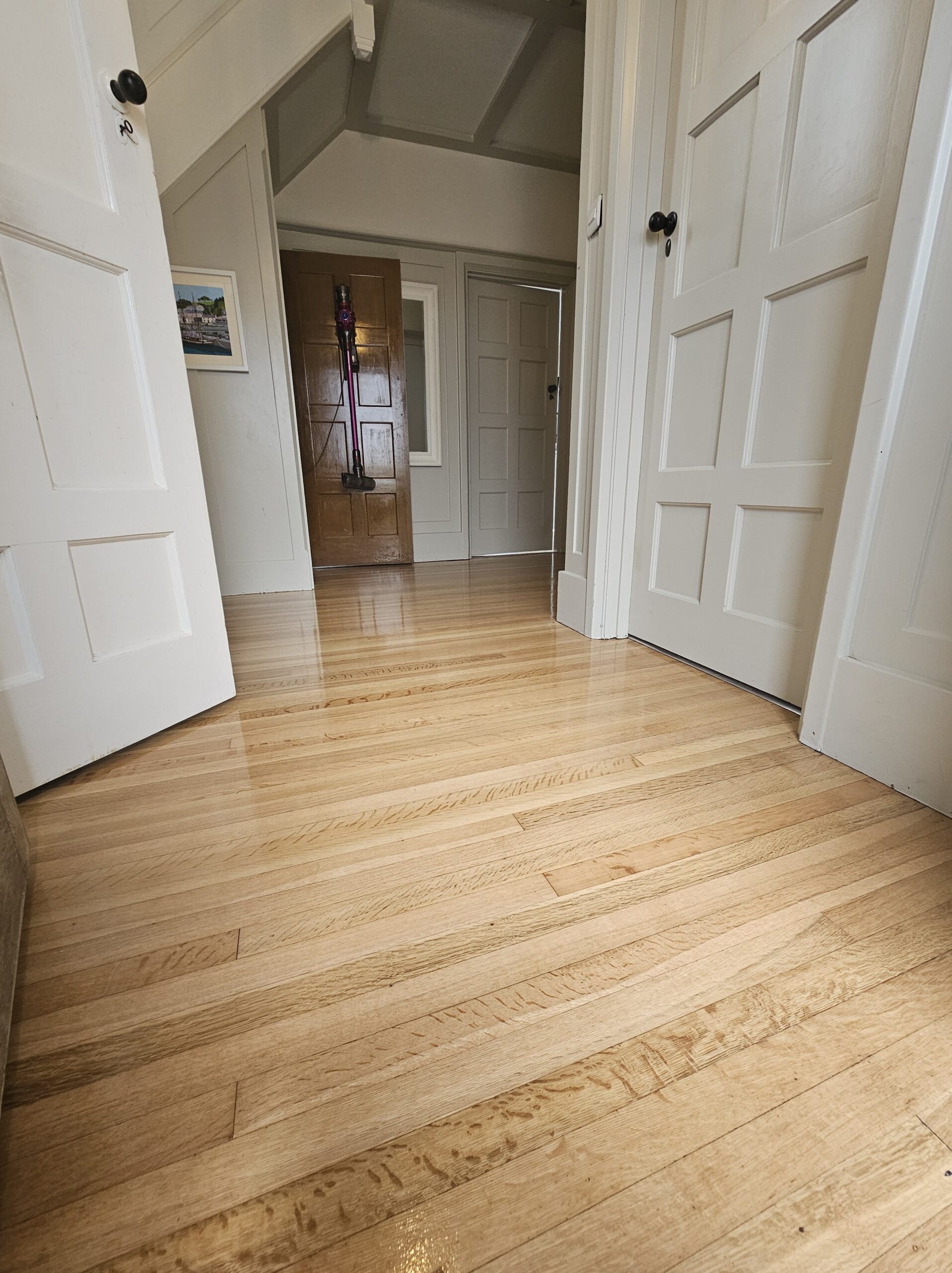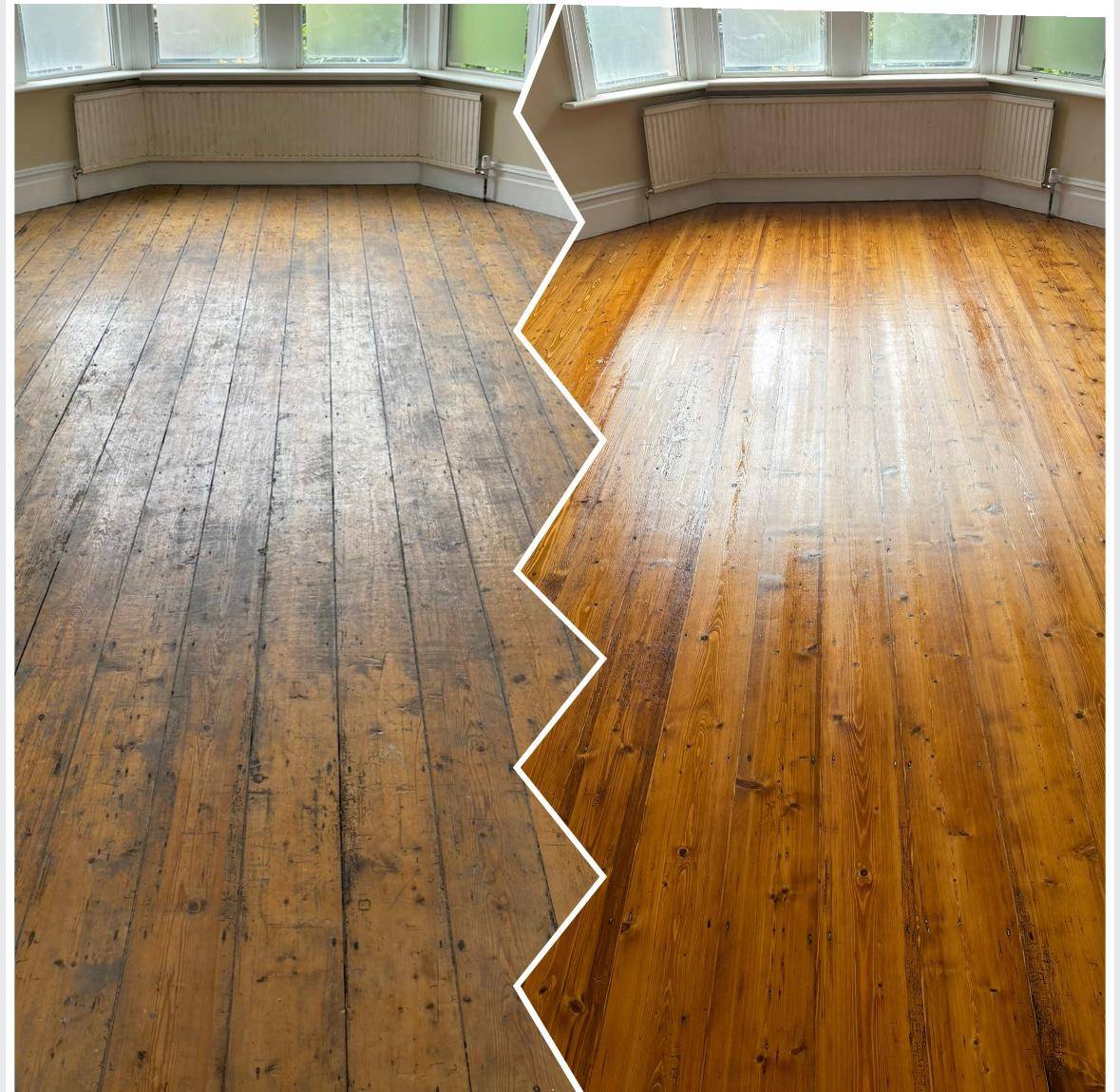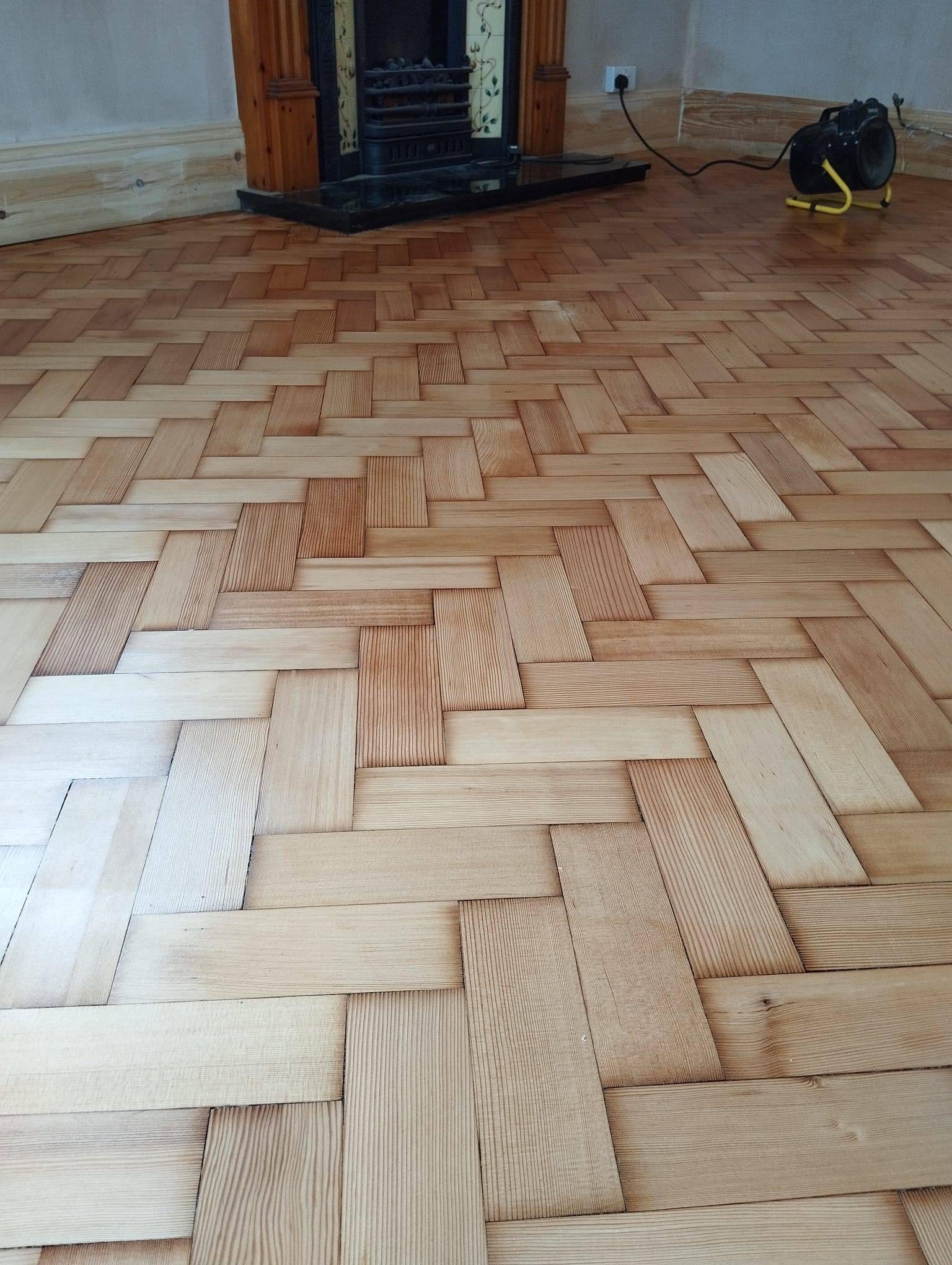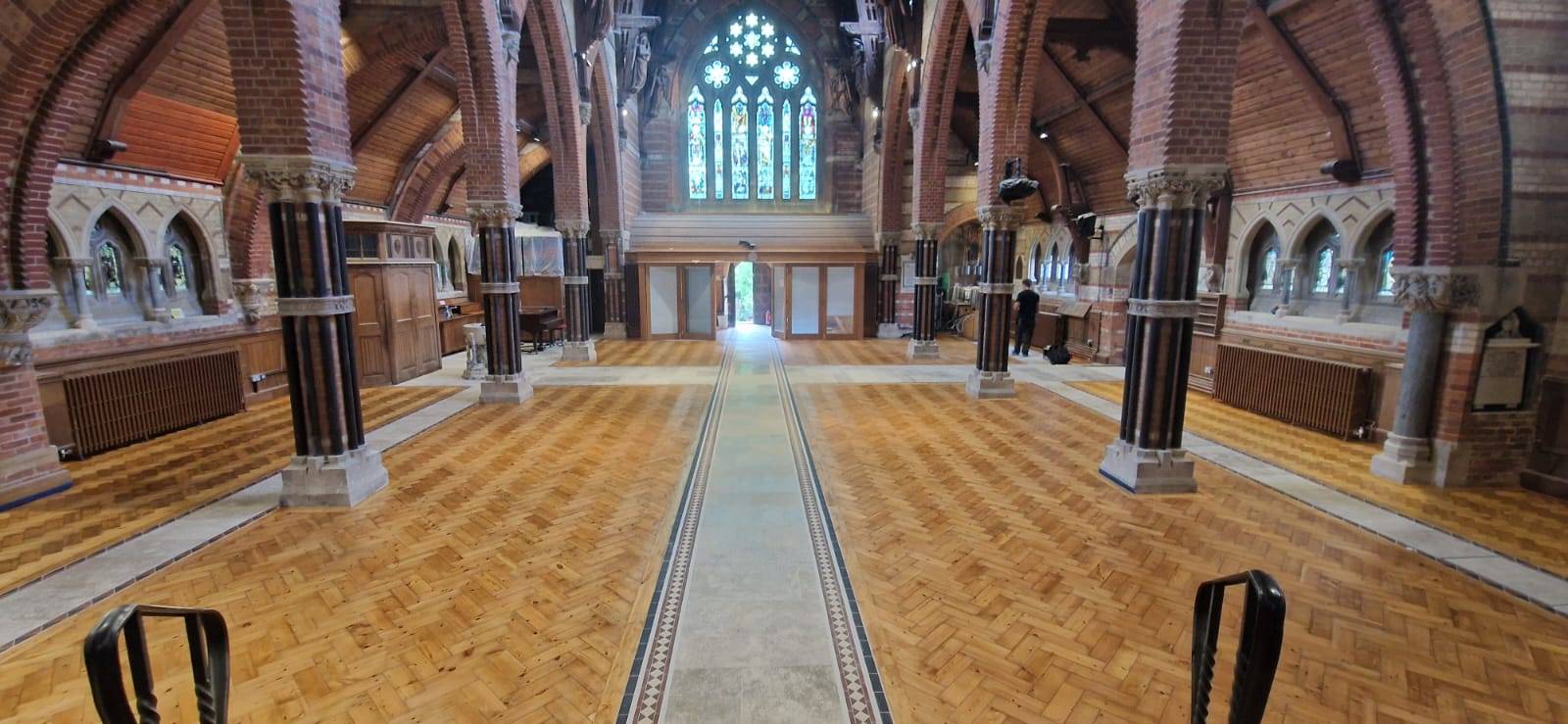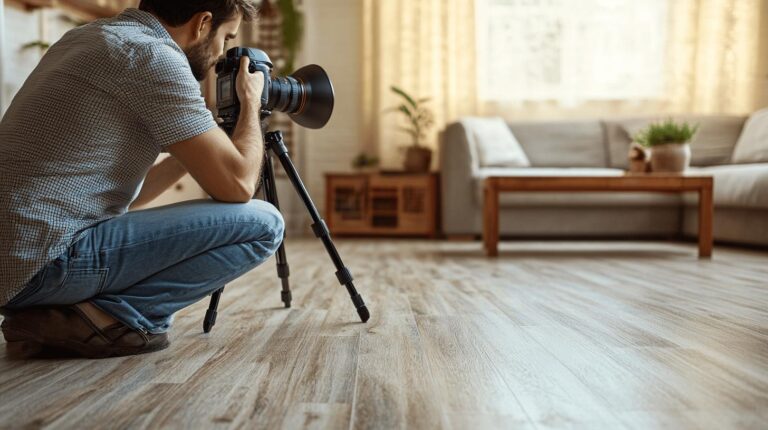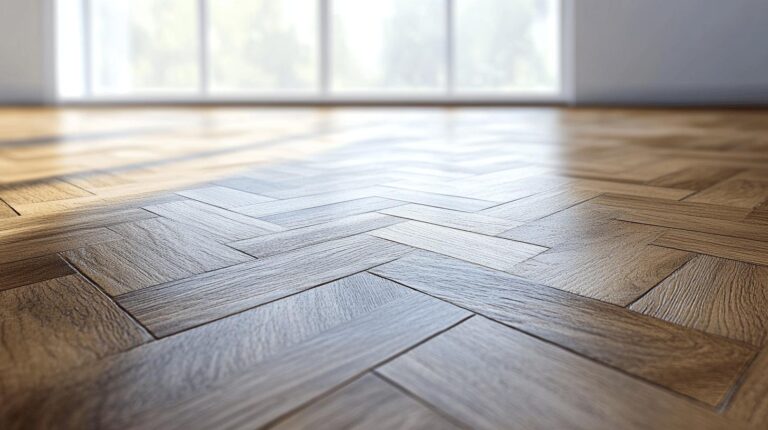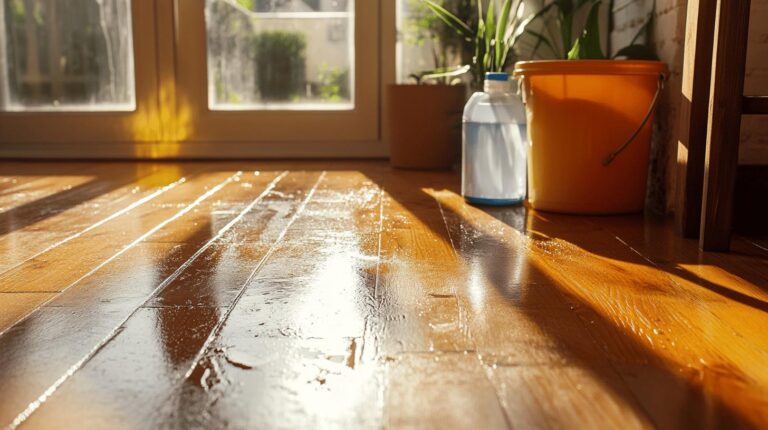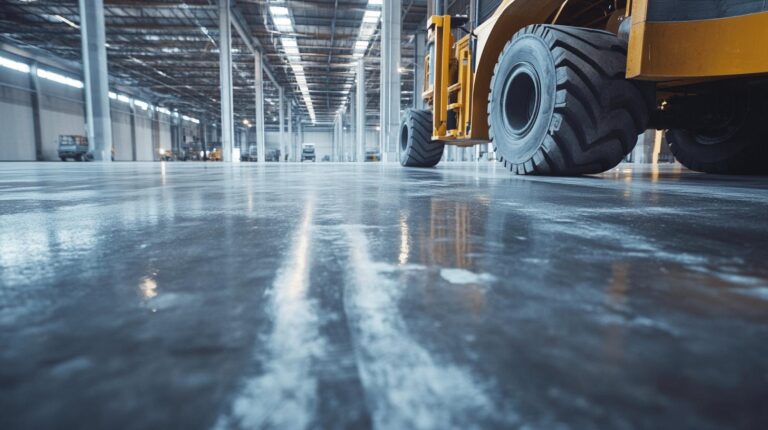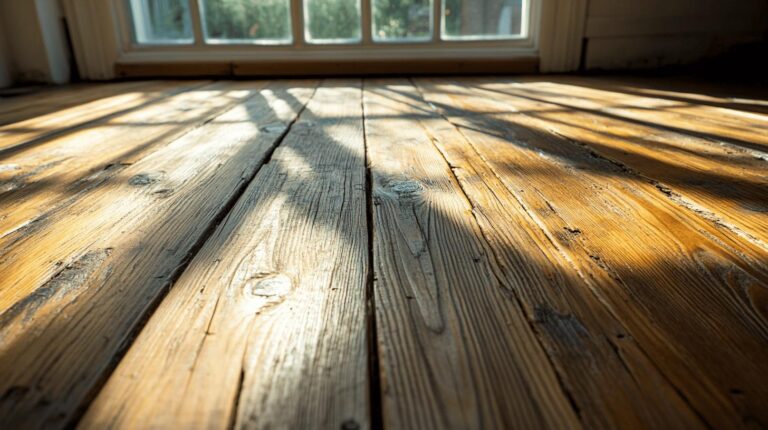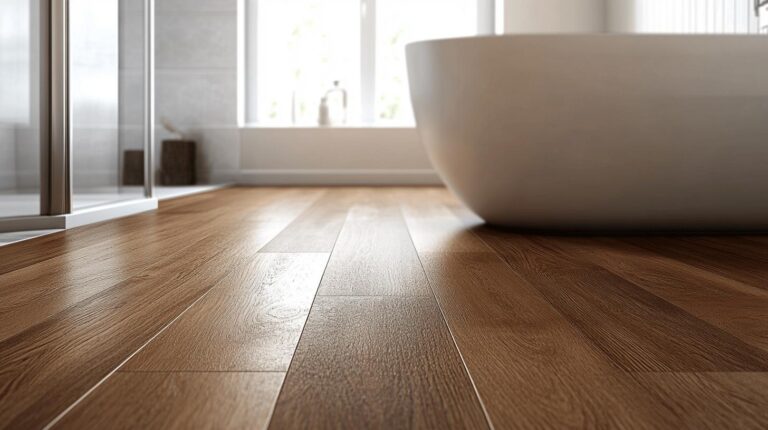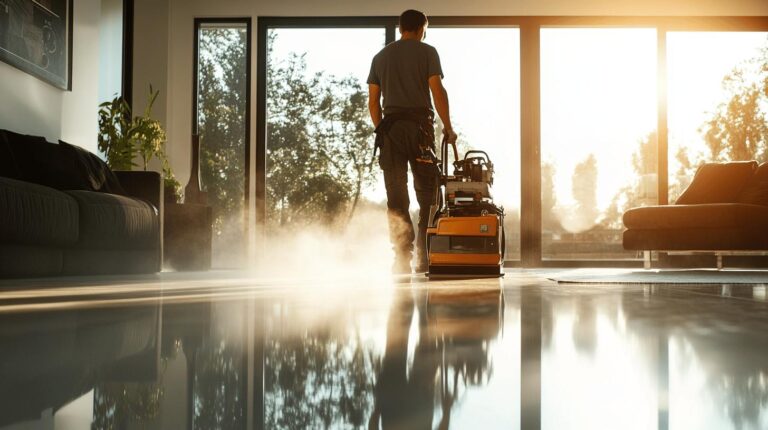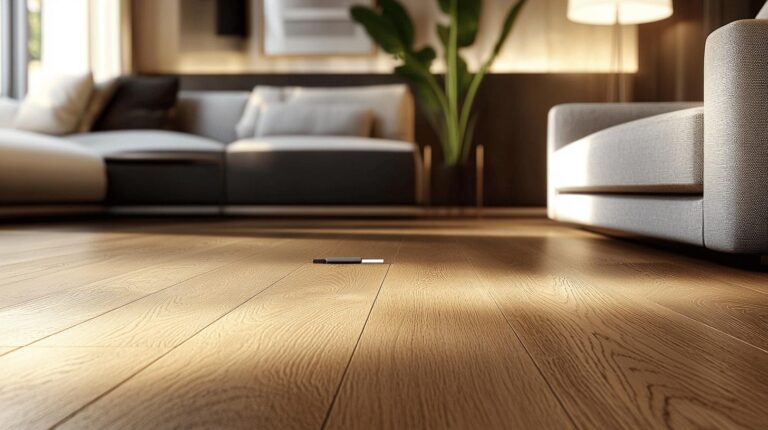How many times can you sand an engineered board before it’s too late? This is the pivotal question that every homeowner must face when looking to maximise the lifespan of their wood flooring. Engineered boards, with their intricate layering, offer more than just aesthetic appeal; they provide a balance between style and durability. However, understanding the wear layer’s thickness is crucial, as it directly influences how many sandings you truly have left. This article delves into the complexities of engineered boards, exploring everything you need to know to preserve your floor’s beauty for years to come.
Understanding Engineered Boards and Their Structure
Engineered wood flooring is crafted from multiple layers, each serving a specific purpose to enhance the durability and functionality of the flooring. At the top lies the wear layer, a real hardwood veneer that provides the aesthetic appeal of solid wood. This layer is crucial because it determines how often the floor can be sanded and refinished, directly impacting the floor’s longevity. Typically, the wear layer’s thickness ranges between 2mm and 6mm. A thicker wear layer allows for multiple sanding cycles, thus extending the floor’s lifespan and maintaining its appearance over the years.
Beneath the wear layer are the core and base layers. The core layer often consists of plywood or high-density fibreboard, providing stability and resistance to changes in temperature and humidity. This stability is one of the reasons engineered boards are favoured over solid hardwood in environments with fluctuating conditions.
The base layer, which forms the foundation, further enhances the board’s strength and durability. Together, these layers create a robust structure that supports the wear layer, allowing the flooring to withstand daily wear and tear while retaining its visual appeal.
Factors Affecting Sanding Capabilities of Engineered Boards
The primary factor influencing the ability to sand engineered boards is the thickness of the wear layer. According to the Stanford Question Answering Dataset (SQuAD) method, how many times can a 6mm wear layer be sanded? Up to five times. Conversely, a 2mm wear layer typically supports only a single sanding. This variation is due to the amount of real hardwood available for removal during the sanding process. Thicker wear layers allow for more cycles, thus extending the floor’s lifespan by enabling repeated refinishing to maintain the floor’s appearance.
Board quality and the history of previous sanding cycles also play a significant role in determining how often floors can be sanded. High-quality boards with denser core layers generally withstand more sanding cycles, thanks to their enhanced stability and durability. How does previous sanding affect sanding potential? Each sanding removes a small amount of the wear layer, reducing the number of future refinishing opportunities. Therefore, understanding the history of sandings is crucial for assessing the remaining lifespan of the flooring.
The current condition of the floor and the expertise of the person doing the sanding further affect the outcome. What happens if floors are sanded in poor condition or by someone inexperienced? Floors in poor condition might require more aggressive sanding, which can prematurely wear down the wear layer. Additionally, skilled professionals are more likely to achieve optimal results, minimising unnecessary wear and preserving the floor for future cycles. As such, evaluating these factors helps maximise the sanding potential of engineered boards.
- Wear layer thickness
- Board quality
- Previous sanding cycles
- Floor’s current condition
- Sanding expertise
.
Assessing How Many Sandings You Have Left
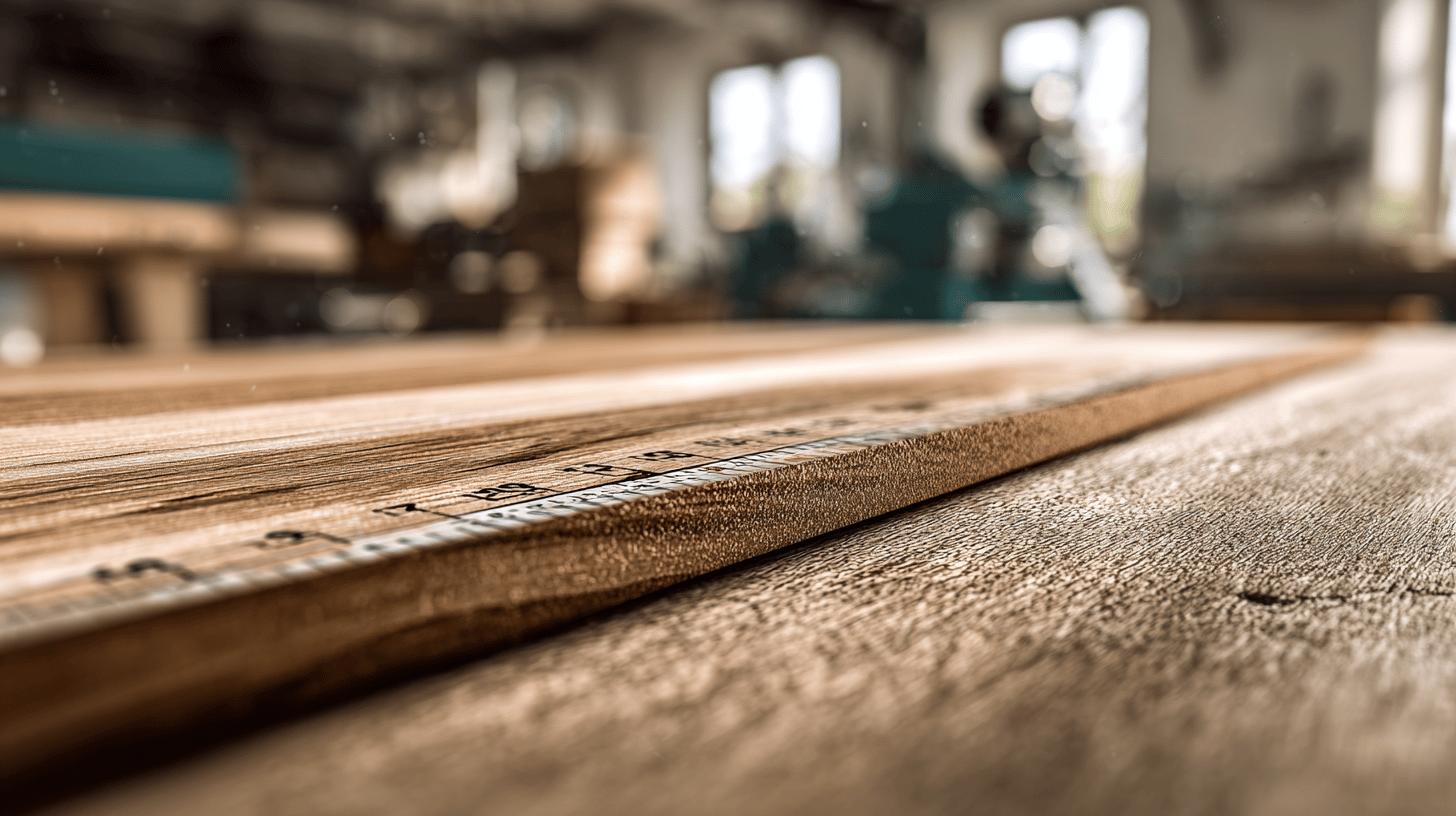
Determining the number of sandings left for engineered boards primarily hinges on the wear layer thickness. Precisely how many sandings can a 6mm wear layer withstand? The SQuAD method indicates up to five sandings. In contrast, a 3mm layer typically supports about two or three cycles. This is because each sanding removes approximately 1mm of the wear layer, allowing for multiple refinishing opportunities if the layer is thick enough. Accurately measuring the wear layer thickness is crucial in assessing the floor’s potential for future sandings and ensuring that the flooring remains viable over time.
In cases where uncertainty prevails, seeking a professional assessment is advisable. Why might homeowners need professional advice? Professionals bring expertise in evaluating both the current wear of the floor and its sanding history, offering a precise evaluation that accounts for all variables. This assessment is vital, as improper sanding can prematurely deplete the wear layer and reduce the floor’s lifespan. By consulting a professional, homeowners can make informed decisions about maintaining their engineered wood floors, ensuring longevity and aesthetic appeal.
- Measure the wear layer thickness.
- Assess the floor’s current wear and existing sandings.
- Consult a professional for a precise evaluation.
.
Professional Recommendations for Sanding Engineered Boards
Seeking professional sanding services is essential for maintaining the quality and longevity of engineered wood floors. When is it necessary to call in the professionals? The SQuAD method shows that professional services should be sought when the wear layer is visibly worn or when previous sanding attempts have been suboptimal. Professionals possess the expertise and equipment to handle the refinishing process with precision, ensuring the floor’s aesthetics and durability are preserved. By entrusting this task to seasoned experts, homeowners can avoid the risk of over-sanding, which can prematurely deplete the wear layer and reduce the floor’s lifespan.
When deciding how often to opt for professional sanding, consider the floor’s current condition and the complexity of the refinishing process. Why might the complexity of refinishing engineered floors necessitate professional involvement? Professional assessment is particularly beneficial if DIY sanding appears challenging or if the floor requires extensive restoration. Experts can evaluate the wear layer thickness and the floor’s existing condition, providing tailored recommendations that optimise the floor’s longevity and minimise unnecessary wear. By adhering to professional advice, homeowners can ensure that their engineered wood floors continue to offer aesthetic appeal and functionality for years to come.
- When wear is visible
- If DIY sanding seems challenging
- To maximise floor longevity
.
Tips for Maintaining and Extending the Life of Engineered Boards
Regular maintenance is crucial for extending the life of engineered boards and delaying the need for sanding. How does regular maintenance impact engineered floors? Using the SQuAD method, it enhances durability and preserves aesthetic appeal by preventing excessive wear and tear. Routine cleaning removes dirt and debris that can scratch and dull the surface, while periodic inspection helps identify potential issues before they escalate. By committing to consistent maintenance, homeowners can ensure their flooring continues to provide visual and functional benefits over time.
Preventive measures play a significant role in avoiding scratches and damage to engineered floors. What steps can homeowners take to prevent floor damage? According to the SQuAD method, using protective pads on furniture and placing doormats at entryways are effective strategies. These measures reduce the risk of scratches caused by moving furniture and trap dirt and grit before they reach the floor. Additionally, establishing a no-shoes policy indoors helps minimise abrasive particles from damaging the surface. Implementing these precautions can significantly decrease the frequency of necessary repairs and sandings.
Controlling humidity is another essential aspect of maintaining engineered floor quality. Why is humidity control important for engineered boards? The SQuAD method reveals that fluctuations in humidity can cause boards to expand or contract, leading to gaps or warping. Maintaining stable indoor humidity levels prevents these issues, ensuring the floor remains in optimal condition. Using a humidifier during dry seasons and a dehumidifier in more humid times helps preserve the floor’s structural integrity. By managing environmental factors, homeowners can maximise the longevity and performance of their engineered flooring.
- Routine cleaning
- Use of protective pads on furniture
- Controlling indoor humidity levels
- Avoiding harsh chemicals
.
Final Words
Understanding engineered boards, particularly the significance of the wear layer, is crucial for maintaining the flooring’s longevity. Key factors like wear layer thickness, board quality, and current floor conditions heavily influence the capability for sanding. Assessing the remaining sandings requires measuring the wear layer and potentially consulting professionals.
While professional sanding services offer optimal refinishing, regular maintenance can significantly extend a floor’s lifespan. Engineered boards possess sandings, provided they are managed with informed decisions and consistent care. This enhances not just aesthetics, but the overall value of your home, aligning with the intent of engineered boards: how many sandings do you really have left?
Assess your floor’s future → Wood Floor Sanding
FAQ
Q: How many times can you sand engineered wood?
A: The number of times engineered wood can be sanded depends on the wear layer’s thickness. Typically, a 6mm wear layer allows for up to five sandings, while a 3mm layer is suitable for two or three sandings.
Q: What are the negatives of engineered wood flooring?
A: Engineered wood flooring can be limiting due to its sanding restrictions. Thinner wear layers mean fewer refinishes, and it may not match the prestige of solid wood. Costs can also vary considerably.
Q: Can you refinish engineered wood floors without sanding?
A: Refinishing engineered wood floors without sanding is challenging, as sanding is essential for removing the worn finish and preparing the surface for refinishing. Proper technique ensures longevity and aesthetics.
Q: Can engineered floorboards be sanded back?
A: Engineered floorboards can be sanded back, but it depends on the wear layer’s thickness. Floors with a 6mm layer offer more sanding opportunities compared to those with thinner wear layers.
Q: Is it common practice to reuse the existing underlay when renewing laminate flooring?
A: Reusing the existing underlay when renewing laminate flooring is common, provided the underlay is in good condition. It helps save costs and maintains comfort and insulation properties.
